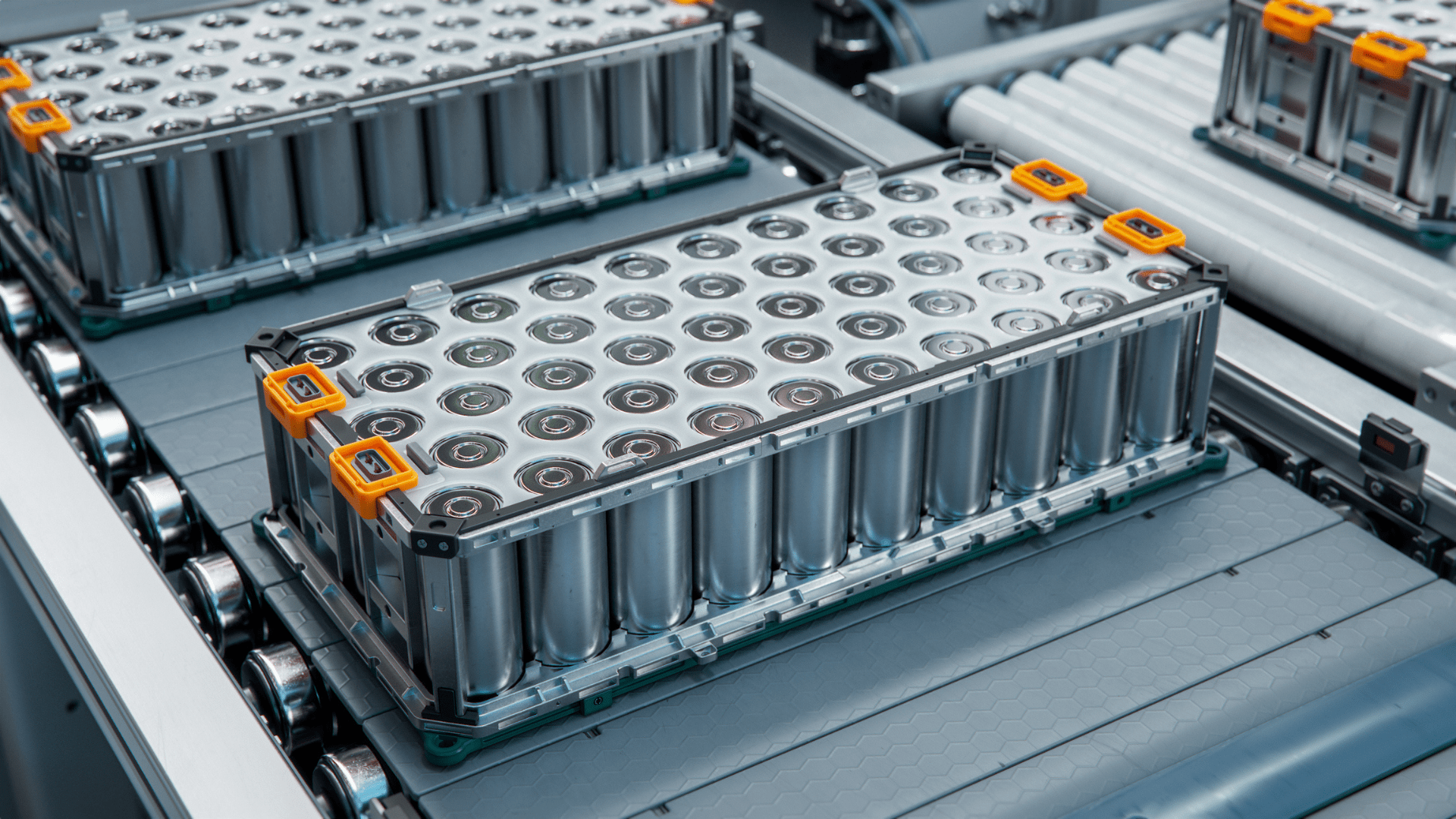Science
Breakthrough in Iron Chemistry Could Transform Battery Technology

A research team from Stanford University has made a significant advancement in the field of battery technology by discovering how to push iron into a higher-energy state than previously possible. This breakthrough could pave the way for more efficient and cost-effective batteries, potentially replacing traditional lithium-ion systems that rely on cobalt and nickel. The findings were published in the journal Nature Materials earlier this month.
By fine-tuning a compound made from lithium, iron, antimony, and oxygen, the researchers demonstrated that iron can release and reabsorb up to five electrons during charge cycles. This capability is a notable increase compared to the typical two to three electrons seen in conventional iron-based systems. The team, led by PhD students Hari Ramachandran, Edward Mu, and Eder Lomeli, consisted of 23 members from various U.S. universities, national laboratories, and international collaborators from Japan and South Korea.
Innovative Approach to Iron Chemistry
The researchers faced challenges in their early experiments as the material often collapsed during charging. They discovered that reducing the size of the particles to approximately 300 to 400 nanometers—about 40 times smaller than previous iterations—could solve this issue. Ramachandran explained, “Making the particles very small turned out to be a challenge.” Ultimately, they successfully grew the crystals from a carefully mixed liquid solution, stabilizing the material during electrochemical tests.
Mu noted that the new structure allowed iron to reversibly give up and take back five electrons while maintaining its crystal integrity. To confirm their findings, Lomeli collaborated with his advisor, Tom Devereaux, who specializes in modeling X-ray spectra. Their analysis revealed that the electrons were not solely sourced from the iron atoms; oxygen also played a crucial role. Lomeli stated, “It’s too simple to say that iron is the hero or oxygen is the hero. The atoms in this very nicely arranged material behave like a single entity.”
Implications for Future Battery Technology
The potential applications of this innovation extend beyond just batteries. Iron’s newfound capabilities may influence various technologies that depend on magnetic and electronic properties, including magnetic resonance imaging (MRI) machines, maglev trains, and superconductors.
Historically, iron was considered unsuitable for advanced energy storage due to its low voltage. However, the emergence of high-voltage iron-based cathodes could provide a sustainable alternative to cobalt, a metal that is not only costly but often mined in hazardous conditions. Mu emphasized, “A high-voltage, iron-based cathode could avoid the tradeoff between higher voltage and higher-cost metals that previously dominated cathode materials.”
The groundwork for this breakthrough traces back to 2018 when former Stanford PhD student William Gent proposed that iron could be elevated to higher oxidation states if neighboring atoms were properly spaced. Although Gent did not complete the experiment, the current team has successfully realized this vision.
Early tests conducted at the SLAC-Stanford Battery Center indicated that the lithium-iron-antimony-oxygen compound remained structurally intact during charge cycles, bending slightly without breaking. Co-lead author William Chueh remarked, “Scientists have rarely reported high-voltage iron-based materials. Our detailed electronic structure exploration of this iron species provides conclusive evidence of oxidation beyond three electrons.”
The discovery not only signifies a turning point in battery science but also highlights the potential of iron as a versatile and sustainable option for future energy technologies. As research in this area continues, the implications for low-cost, high-efficiency batteries could be transformative, impacting a wide range of industries and applications.
-

 World2 weeks ago
World2 weeks agoGlobal Air Forces Ranked by Annual Defense Budgets in 2025
-

 World2 weeks ago
World2 weeks agoMass Production of F-35 Fighter Jet Drives Down Costs
-

 Top Stories2 weeks ago
Top Stories2 weeks agoNew ‘Star Trek: Voyager’ Game Demo Released, Players Test Limits
-

 Science2 weeks ago
Science2 weeks agoTime Crystals Revolutionize Quantum Computing Potential
-

 Top Stories2 weeks ago
Top Stories2 weeks agoDirecTV to Launch AI-Driven Ads with User Likenesses in 2026
-

 World2 weeks ago
World2 weeks agoElectrification Challenges Demand Advanced Multiphysics Modeling
-

 Lifestyle2 weeks ago
Lifestyle2 weeks agoLia Thomas Honored with ‘Voice of Inspiration’ Award at Dodgers Event
-

 Entertainment2 weeks ago
Entertainment2 weeks agoFreeport Art Gallery Transforms Waste into Creative Masterpieces
-

 Lifestyle2 weeks ago
Lifestyle2 weeks agoDiscover Reese Witherspoon’s Chic Dining Room Style for Under $25
-

 Health2 weeks ago
Health2 weeks agoGavin Newsom Critiques Trump’s Health and National Guard Plans
-

 Entertainment2 weeks ago
Entertainment2 weeks agoFast & Furious Coaster Hits the Track at Universal Studios
-

 Science2 weeks ago
Science2 weeks agoWaning Crescent Moon: What to Expect on October 17








